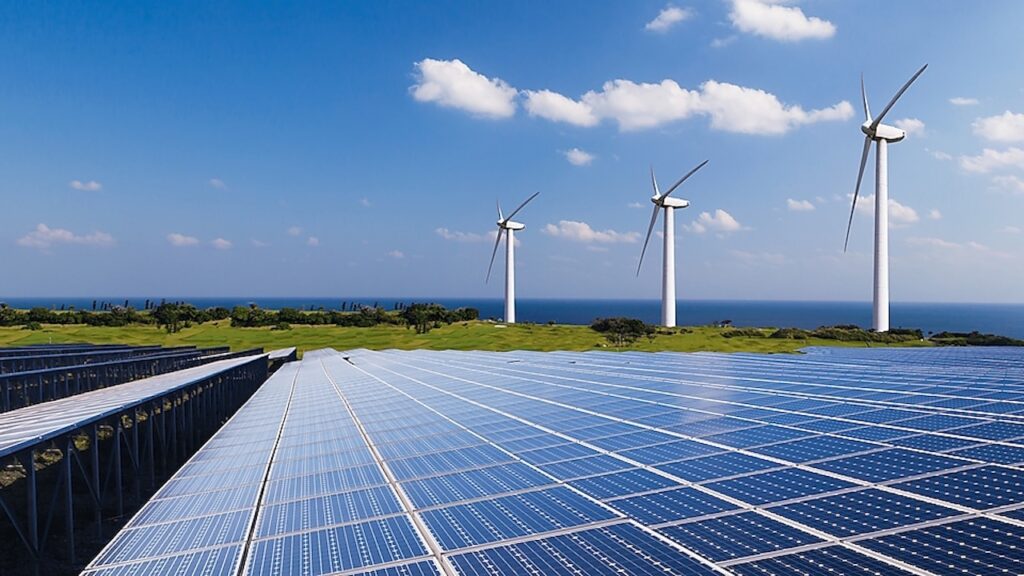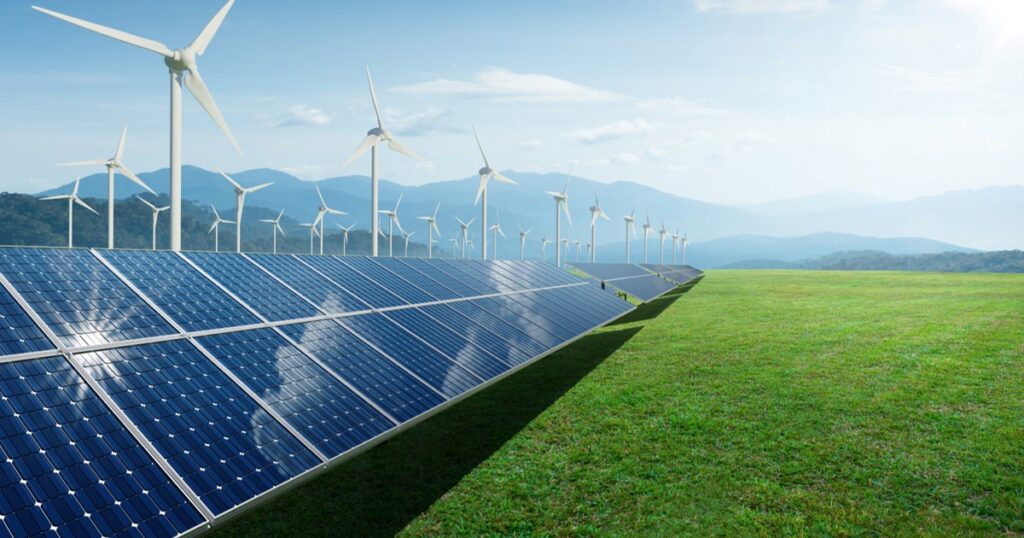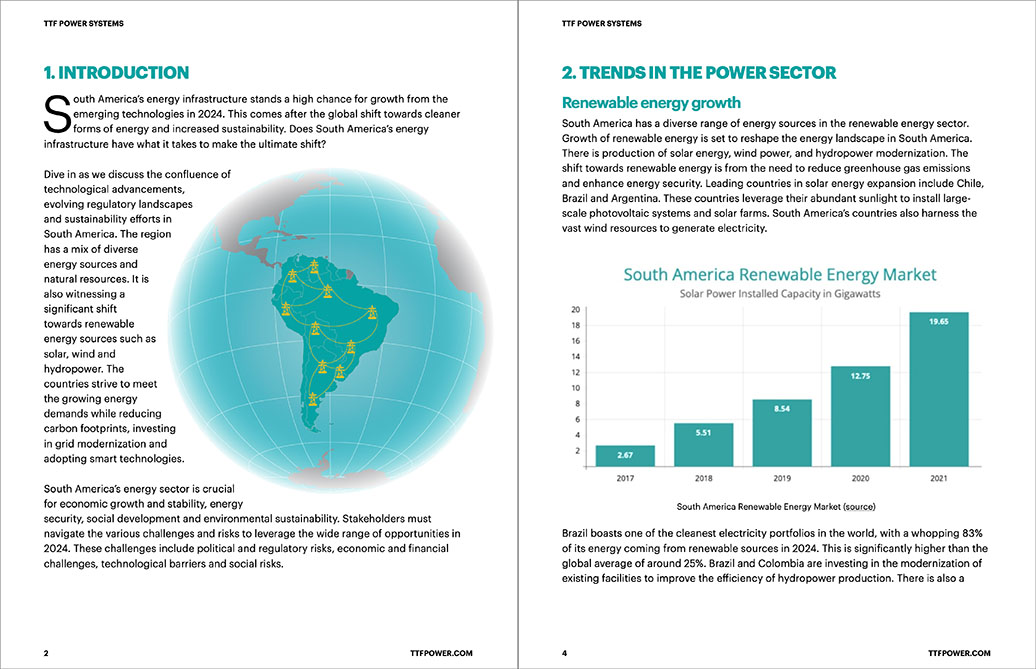
South America’s energy stability is dependent on renewable energy sources such as hydroelectric, solar, and wind. With ongoing investment in the industry, the region will be able to shift away from fossil fuel dependence. Other factors that affect energy stability include political stability and the effects of climate change. Countries such as Chile, Brazil, and Uruguay are investing in renewable energy. This helps to lessen the reliance on hydropower and fossil fuels. However, other countries, such as Argentina and Brazil, confront economic issues that limit their ability to invest in energy infrastructure. South American nations should encourage regional cooperation, investments, and supportive policies to ensure continuous development.
Climate-related consequences on South America’s energy infrastructure
South America’s energy stability relies on the creation of renewable energy for sustainability. Climate change and weather extremes have an impact on energy production. Hydropower, solar, and wind energy are a few examples. South America’s geographical location causes meteorological conditions. This is including high solar irradiation, droughts, floods, and strong winds. These variables may have an impact on hydropower, solar energy, and biofuel production. The region must invest in diversifying its energy sources and developing more resilient infrastructure. They could also put in place measures promoting renewable energy and regional collaboration.
Factors affecting energy stability in South America
Natural resources, infrastructure, and political situations all play a role in ensuring energy stability. To ensure energy stability, regional industry specialists must address these factors. To achieve energy security, governments and stakeholders should invest in resilient infrastructure and promote regional collaboration. Here are some of the factors that influence South America’s energy stability.

- Economic conditions – the economic stability of the region influences their ability to invest in energy infrastructure, modernization, and diversification. Countries like Chile and Brazil have made investments in renewable energy. Additionally, government subsidies and energy pricing policies can either stabilize or destabilize energy markets.
- Infrastructure development and maintenance – some South American countries have well-maintained and extensive grid systems. Also, some South American countries have areas with limited energy access. Expanding the grid and ensuring reliable electricity supply is crucial to ensure energy stability.
- Energy mix and availability – hydropower is a major backbone of South America’s energy stability. The dependence on hydropower makes energy stability vulnerable to changes in water availability. Countries like Venezuela, Argentina, and Colombia have reserves of oil and natural gas. This contributes to their energy sustainability and security. There is also energy diversification, which enhances energy sustainability. This is by reducing dependence on a single energy source.
- Technological innovation – there are advancements in wind and solar energy that have made them more viable. There is also the development of energy storage technologies for decarbonization. This includes use batteries to maintain the intermittency of energy sources.
- Political and regulatory environment – political stability plays a significant role in long-term energy planning and investment. Countries with unstable political environments face challenges in maintaining energy infrastructure. The government should set up clear, stable, and supportive regulatory frameworks. This is to encourage investment in energy infrastructure.
Renewable energy’s impact on South America’s energy stability
Renewable energy contributes significantly to South America’s energy stability. The region has an enough of renewable energy resources, including solar and wind energy. This helps to diversify their energy mix and reduces their reliance on fossil fuels. Here’s how renewable energy helps to provide energy sustainability in South America.

- Enhancing energy security – sources like solar and wind farms reduce the dependence on energy imports. The use of distributed renewable energy systems can reduce the burden on national grids and enhance energy security.
- Economic benefits and job creation – the renewable energy sector has attracted investment in the region. This provides job opportunities that stimulate economic growth. Additionally, the cost of renewable energy technologies has reduced, which makes them more competitive with traditional energy sources.
- Resilience to the global energy market – the share of renewable energy in the energy mix reduces the exposure to volatility in the global oil and gas markets. This helps protect their economies from external shocks, such as sudden spikes in fuel prices.
- Innovations and technological advancements – the integration of energy storage technologies are improving the reliability and stability of renewable energy systems. The technologies help balance supply and demand to ensure a steady energy supply.
